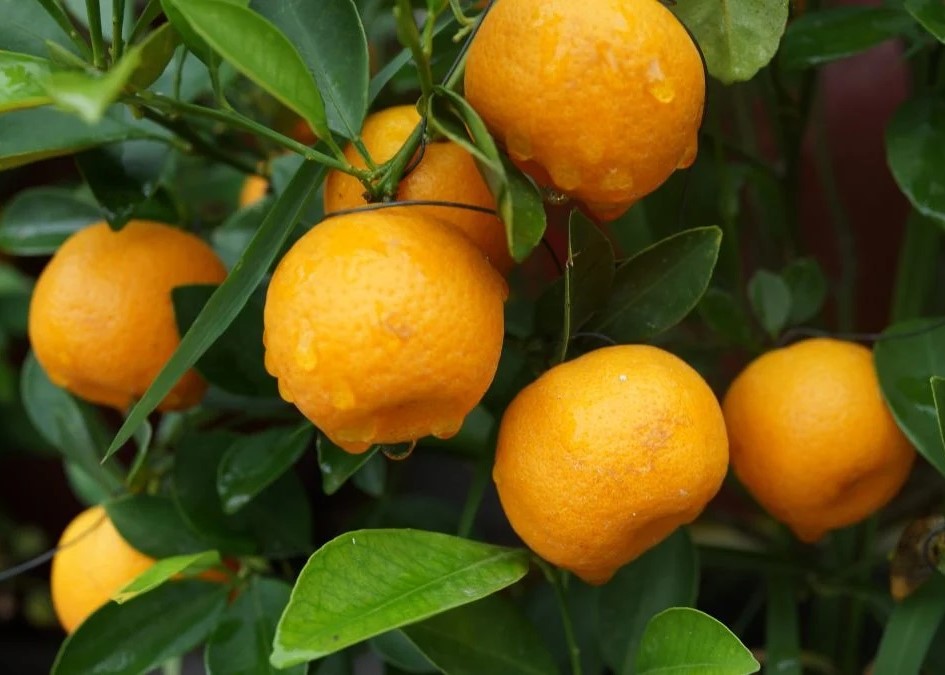

If we think of some soft drink from the past, a bit retro, and one that moves us because we would like to instantly remember what it tastes like, chinotto comes to mind for us Italians. Coke-colored, lightly sparkling, a very pleasant and unique bitter taste. Now it is back in vogue and we see it directly in cans or bottles: but what exactly is it made with?
Chinotto is a variety of citrus fruit as are lemons, oranges and grapefruits. To be precise, it is a plant of the Citrus x myrtifolia species and whose fruits are similar to small oranges. They have a rather bitter taste and many people think they are related to bitter oranges. In cooking they are not much used, but they have given us precisely a drink that has made and still makes history.
Like so many plants that we know and exploit well in Italy today, the chinotto would come from China. It landed by us in about 1500 and found fertile ground especially in Liguria. It was in this region, on the Riviera di Ponente, that people began to love chinotto so much that they started a unique style of confectionery with this citrus fruit as the protagonist. And, in 2004, the Savona chinotto became a Slow Food presidium. However, it is also grown in Sicily and Calabria.
In Liguria they know chinottos well, so much so that at the time they were the favorite fruit, the equivalent of basil for pesto. They used to make pickled chinottos by exploiting seawater, syrups, jams, and Ligurian candied chinottos were also appreciated abroad.
Chinotto as a soft drink originated in the early twentieth century, and followed a course that deviated from other Italian fruit-based drinks. In fact, by regulation, these must contain at least 12 percent juice from the fruit, but chinotto is an exception because it is considered a "non-juice fruit" (as is citron): this is the reason why chinotto contains "chinotto aroma."
You may be interested
-
'Hotel Portofino' Will Transport You to the I...
The appeal of lavish period dramas that depict life in a bygone era is undeniable. But ch...
-
'Mater Naturae'
IN THE IDYLLIC TOWN OF Porto Venere sits a peaceful bronze statue that represents Mother N...
-
'Please stop calling - it was just an idea!'...
The mayor of an Italian village who proposed paying people €2,000 to move there has begged...
-
‘The Little Mermaid’ Living in the Italian To...
The showstopping beach town of Sestri Levante on the Italian Riviera takes the meaning of...
-
"Donne italiane negli Stati Uniti" protagonis...
"Donne italiane negli Stati Uniti" è il tema dell'incontro che si terrà giovedì 6 marzo, a...
-
"Genoan Monk Mentioned America" or "Italians...
It is sad how many people share “news” links based on the headline, without taking the tim...
-
"Grazie per la vicinanza agli italiani in Ame...
In qualità di fondatore ed amministratore del gruppo facebook “Giù le mani da Cristoforo C...
-
"Porto Venere Donna" 2014: la Liguria premia...
La diciannovesima edizione del Premio "Porto Venere Donna", l'annuale riconoscimento della...










